Mosquitos are nothing new to South Carolina. In 1774 a resident called them “devils in miniature.” In 1776, Col. Peter Muhlenberg's soldiers had to contend with them and didn't have the option of going indoors. In May of that year, the regiment rushed south from Virginia to help defend Charleston. They were part of a small army led by the strict and sardonic Maj. Gen. Charles Lee. On their arrival, Capt. Jonathan Clark spent much of the first week staying at the home of Christopher Gadsden. Gadsden was a prominent South Carolina Patriot and an early champion of Independence. Clark initially camped in Gadsden’s garden, but recorded that upon the “arr[ival] of [the] Moschetto” he got up and moved “in the House.” Enlisted men didn't have the option.
Though they fended off the British, many of them lost their battle with the mosquitos. Unlike the mosquitos bothering Tony Melton in 2015, the mosquitos of 1776 were active malaria vectors. By the start of August, nearly one hundred and fifty 8th Virginia men were too sick to continue south with General Lee into Georgia for a planned attack on West Florida. Most of the men who did continue were soon also sick. The army stopped its march in Sunbury, Georgia. South Carolina's Col. William Moultrie recorded that several men were buried there each day. The mosquitos paid no attention to rank. Colonel Muhlenberg got it and would never fully recover. Major Peter Helphinstine got it and was so sick he was forced to resign his commission and died a slow death at home in Virginia. The regiment was ordered back to Virginia in the fall, significantly depleted. Malaria was endemic to South Carolina and neighboring states until the 1950s. Its eradication is something of a mystery but may be connected to the invention of air conditioning, which prompted people to spend more time inside during the summer. Still, it continues to kill millions every year in Africa and other developing parts of the world. (Based on an earlier post.) More from The 8th Virginia Regiment
1 Comment
Kim Coleman
11/2/2022 03:18:50 pm
Do you have any more suggestions on where I could find information about this particular time of the 8th Virginia Regiment movement through the Carolinas, Georgia and then returned to Virginia? My patriot Frederick Segal supposedly died here in Sunbury Georgia. And I am trying to do more research into him.
Reply
Leave a Reply. |
Gabriel Nevilleis researching the history of the Revolutionary War's 8th Virginia Regiment. Its ten companies formed near the frontier, from the Cumberland Gap to Pittsburgh. Categories
All
Archives
June 2024
© 2015-2022 Gabriel Neville
|
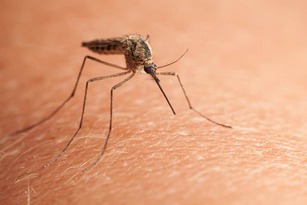
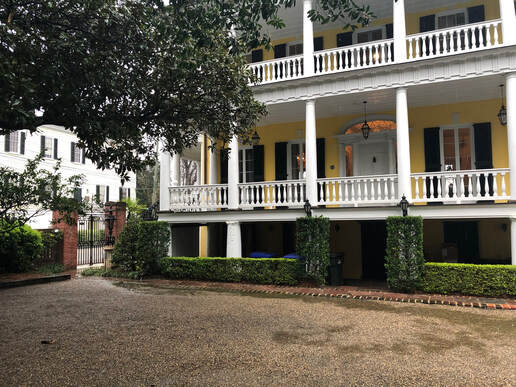
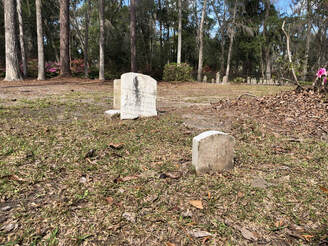
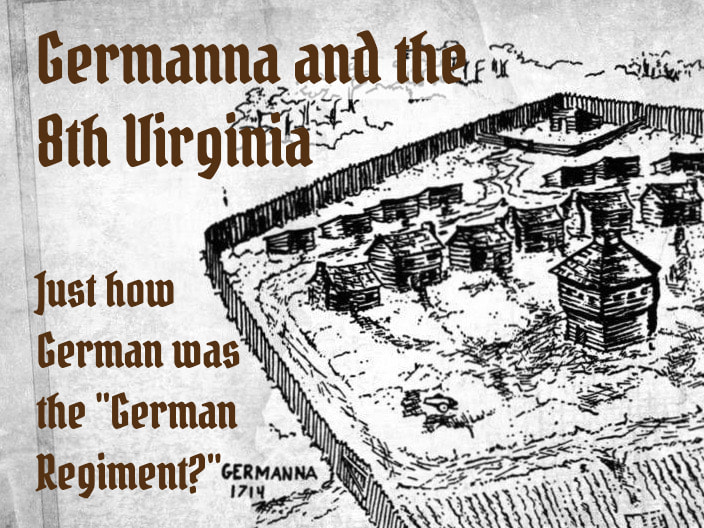

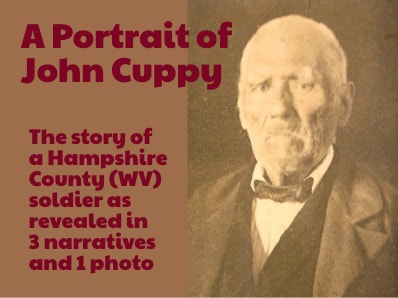
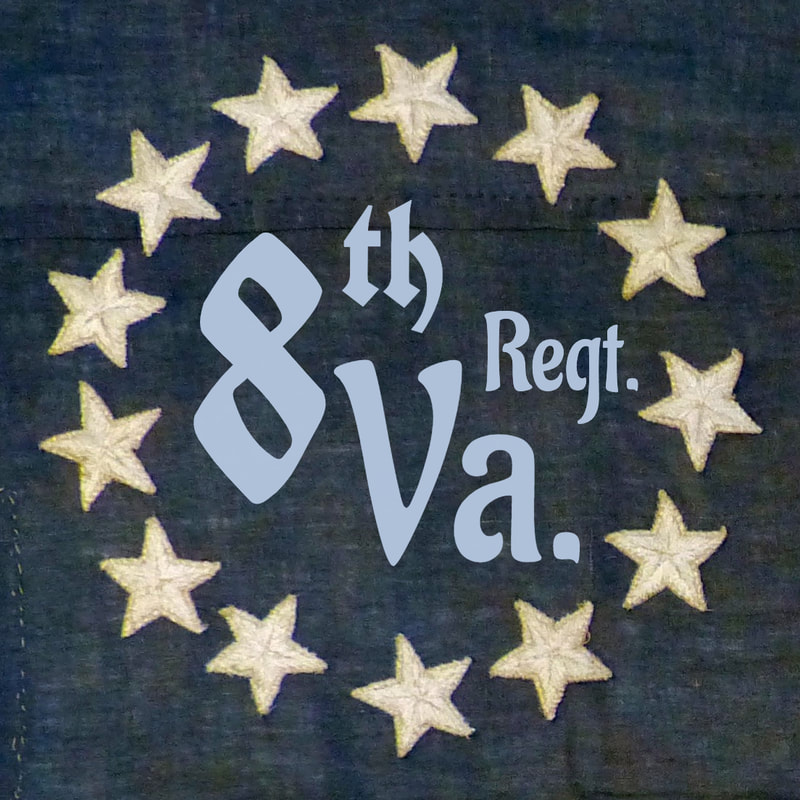
 RSS Feed
RSS Feed